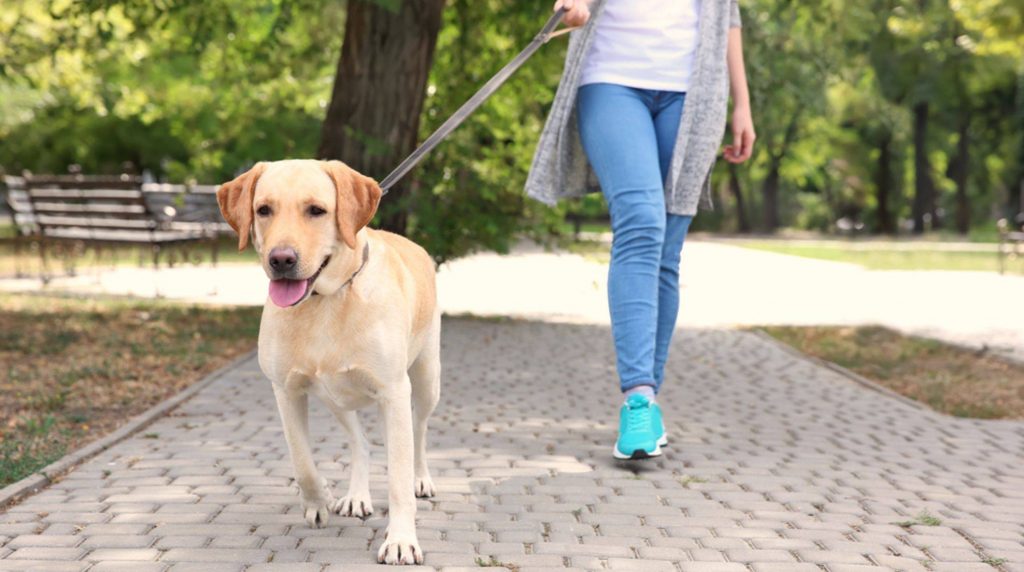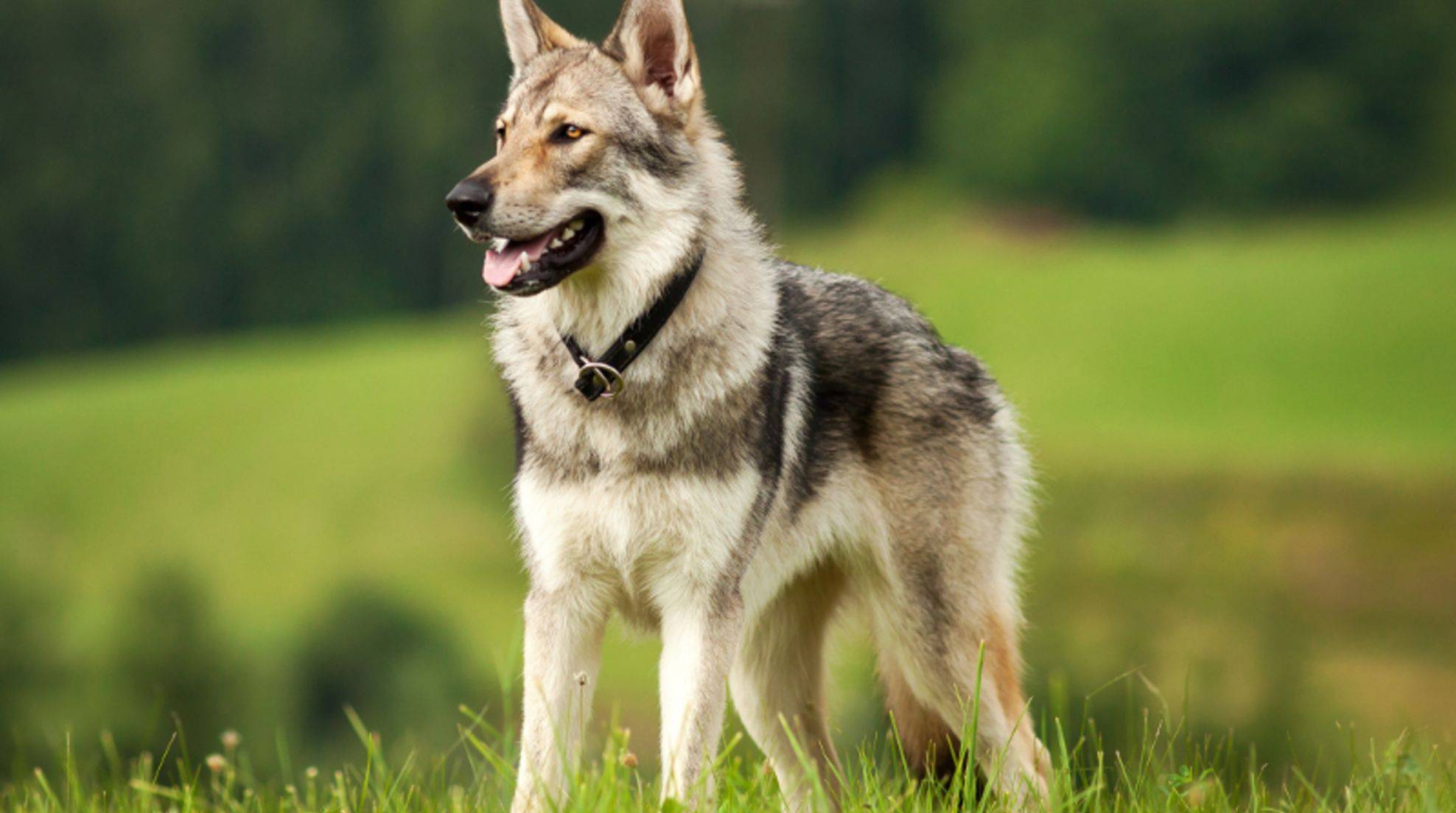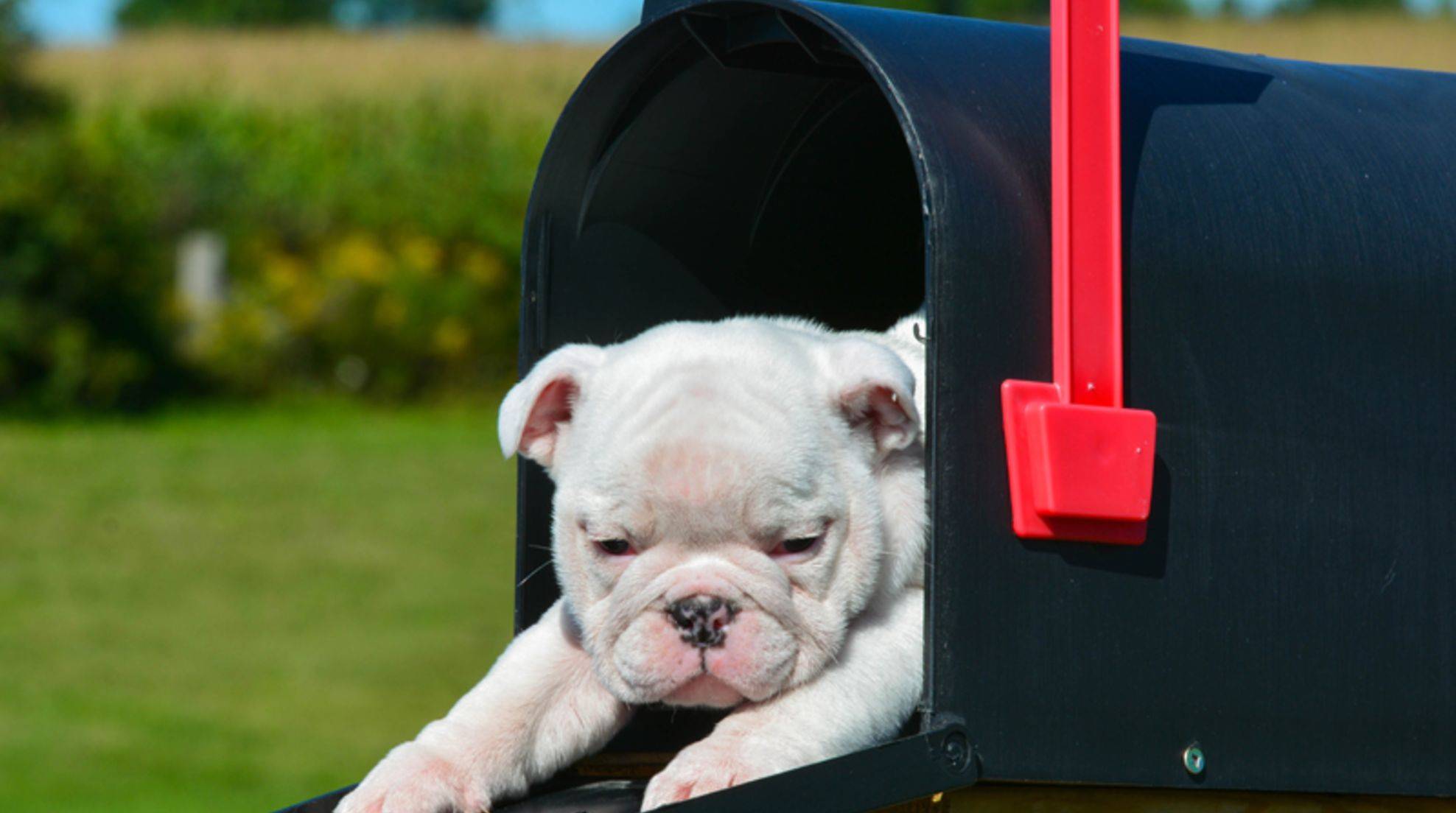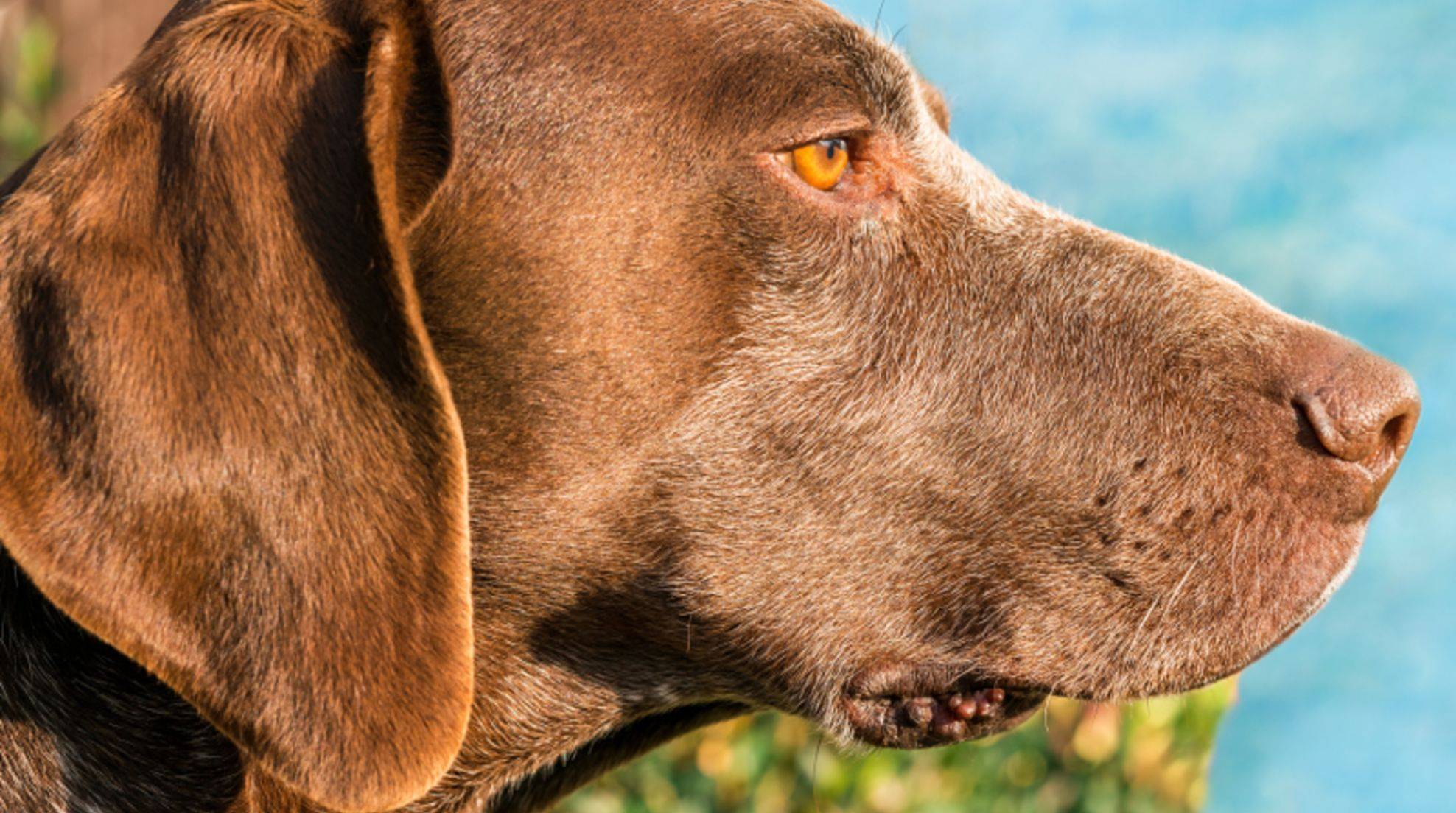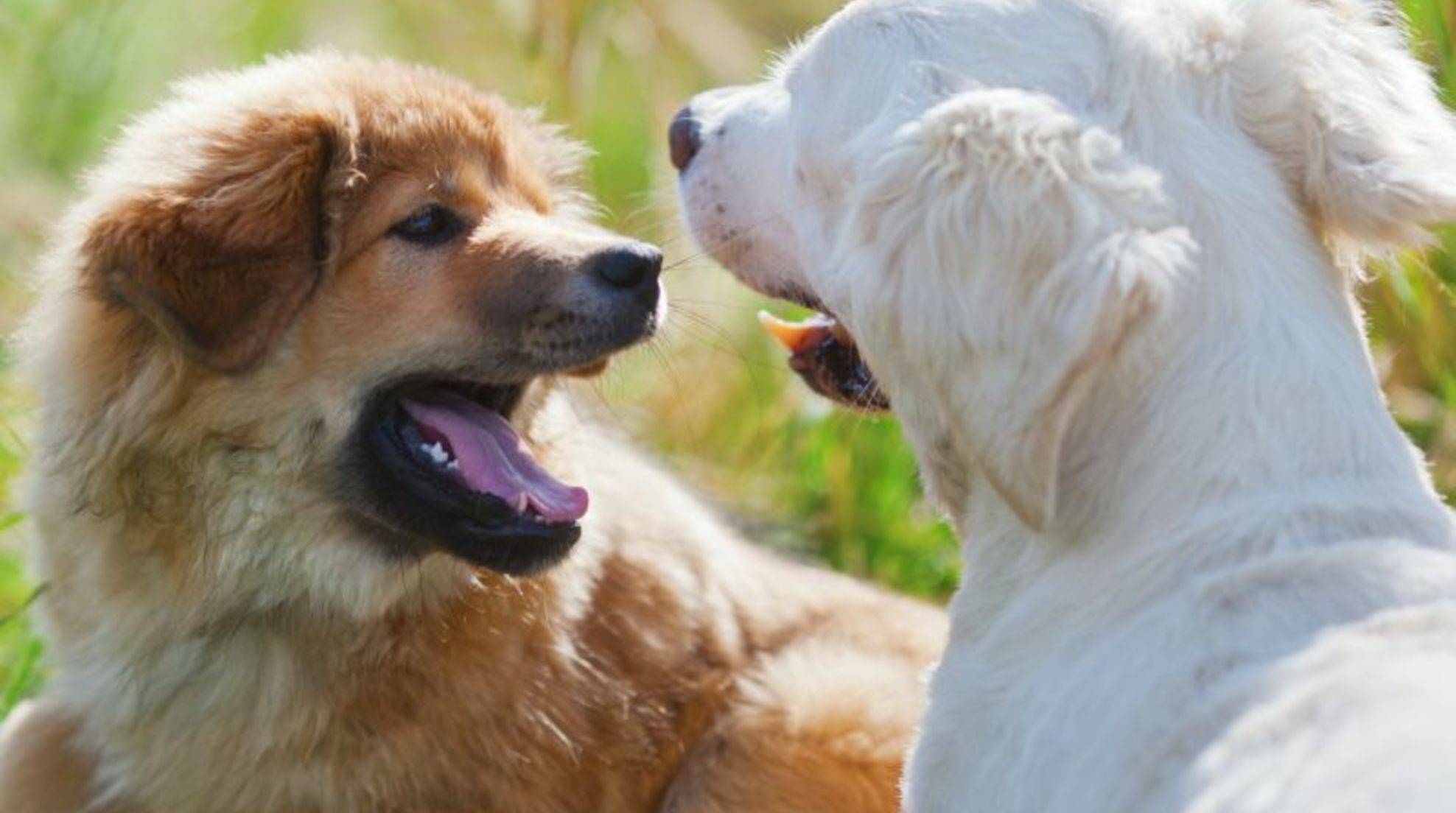What to do if the dog constantly pulls on the leash?
If a dog constantly pulls on the leash, the walk can become quite exhausting. Fortunately, there are a few tricks you can use to break your four-legged friend off this behavior.
First of all, one thing you should not do: Don’t start pulling on the leash in your turn when your pet does it. The so-called leash-pulling has long since become obsolete as a means of training, as it is not adequate, and you can injure your dog’s sensitive larynx or trachea in the process. Also, supposed “aids” such as choke collars should not be used under any circumstances, not even as a test. They would cause irreparable physical and psychological harm to your dog.
Reasons why your dog pulls on the leash
But what to do if your dog is constantly pulling like crazy on the leash, maybe even gasping because the collar is cutting off his air? Maybe your four-legged companion also barks as soon as another dog is in sight and then pulls all the more demanding on the leash?
The first thing you should do is check the length of the leash. Sometimes it is set too short so that the animal already starts to pull on the leash if it makes only a few steps forward. Remember that dogs are territorial and social animals. Sniffing for the scent marks of their territorial colleagues, renewing their patterns, greeting conspecifics, and moving around are part of their natural needs.
A drag leash can be the first remedy for this. This way, your dog can move more freely while you still have him under control if necessary. If this does not solve the problem, you can try training. The goal: to make it clear to your dog that you don’t want him to pull. And that it is more worthwhile for him to pay attention to you than to follow his head. This also applies if he pulls on the leash and barks because he gets excited by other four-legged friends.
Does the dog pull on the leash? How to get him out of the habit
So as soon as your dog pulls on the leash during the next walk, stop. Please remain in your position until he takes the first step towards you to discover why nothing is happening. At that moment, praise him and only then move on. Repeat this steadily. It would help if you remained consistent.
Start with short training sessions and gradually increase the duration. Slowly, your animal friend will understand that the walk will only progress if he walks loosely on the leash.
Change of direction for dogs pulling on the leash
You can vary this exercise by continuing in the opposite direction after your dog has pulled on the leash. This way, your four-legged friend will have to be even more attentive to you to make the walk as pleasant as possible for himself. Generally, it challenges your dog mentally if you don’t just walk straight ahead but criss-cross, back and forth.
This requires your dog to concentrate and can’t help but pay attention to you. In addition, other orientation training exercises can help, or obedience training strengthens the bond between humans and animals.
More tips against tugging on the leash
To make your dog pay attention to you faster when you stop, you can attract his attention with tools such as a squeaky toy or something similar. However, at the same time, there is a risk that your four-legged friend will misunderstand you and think that the noise is a confirmation of his tugging on the leash. If this is too risky for you, wait calmly until your dog stops and turns to you. Then you can praise him and increase the reward by giving your dog a nice treat or his favorite toy.
If your dog gets very upset when he encounters other dogs on leash, you can also train this situation with him. For example, on your next walk, go specifically to other dog owners. Greet and pet them and your dog – of course, only in consultation with the master or mistress – and reward your dog if he remains calm in the situation. In this way, he will gradually learn to react relaxedly to other four-legged friends.
In the following video, you get once again summarized these and other tips:
By the way: to safely exclude injuries when your four-legged friend repeatedly rushes forward during a walk, a well-fitting harness is recommended instead of a collar. In this way, the pressure is better distributed and does not stress only one susceptible body part. Experienced dog trainers also report that dogs with harnesses tend to pull less than collars.
If none of this helps and your dog won’t break the leash pulling habit, consider attending a dog training school.

